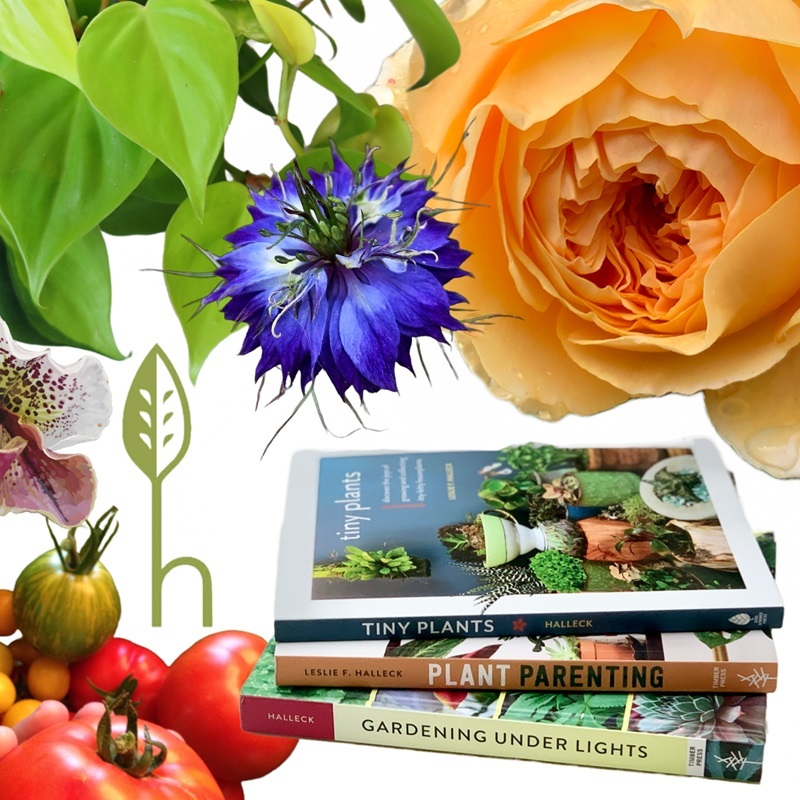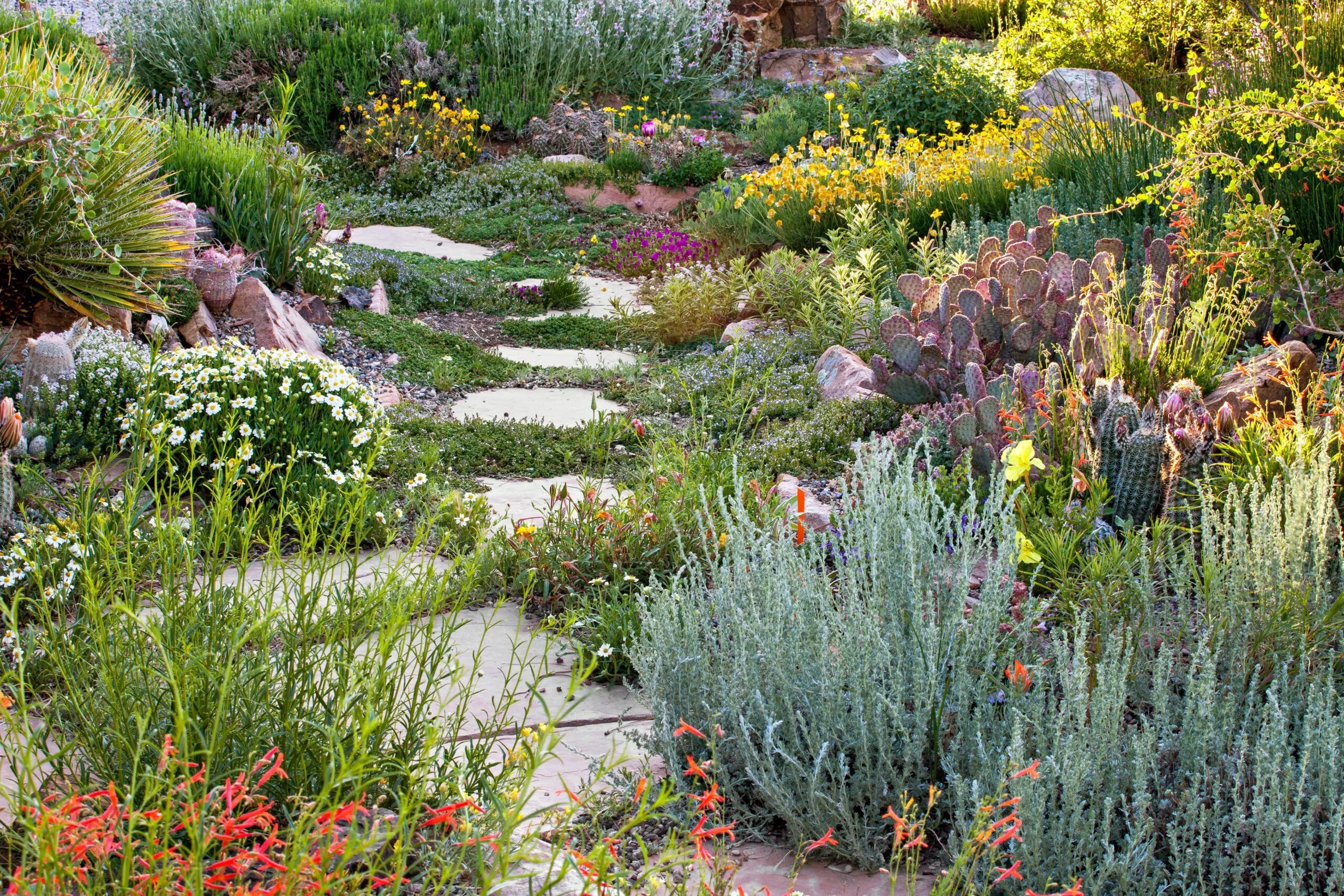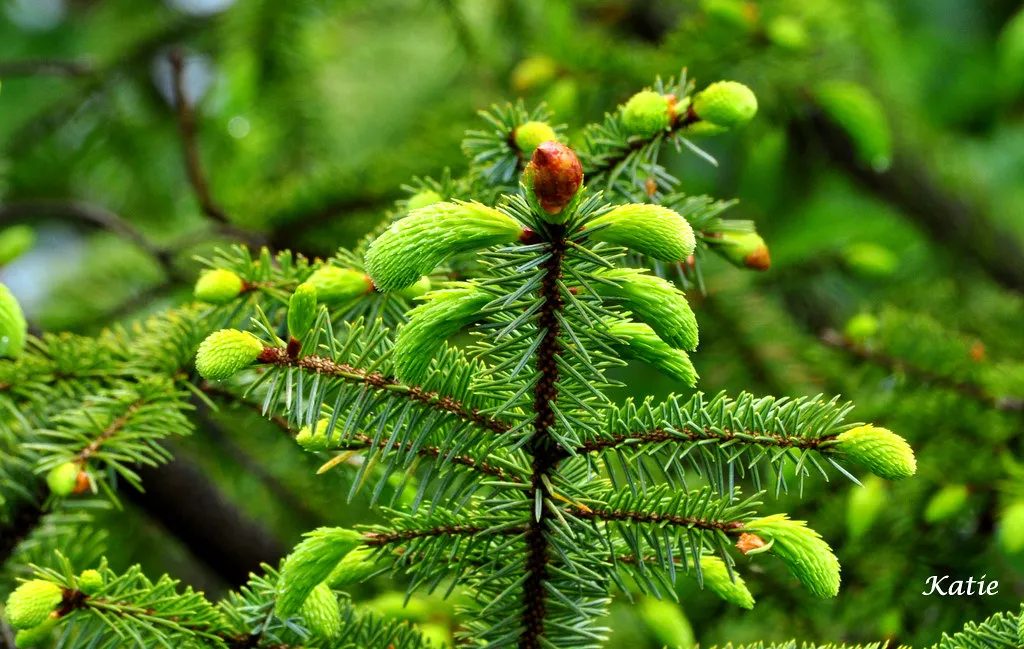Vertical gardening and sustainable practices are the hottest trends in horticulture. Home gardeners are embracing these eco-friendly methods.
Vertical gardening maximizes small spaces, making it ideal for urban dwellers. Sustainable practices, like composting and water conservation, are gaining popularity due to environmental concerns. These trends not only beautify spaces but also promote healthier living environments. Gardeners are increasingly using native plants to support local ecosystems.
Raised garden beds and container gardening are also trending, offering flexibility and ease of maintenance. Incorporating technology, such as smart irrigation systems, is becoming common. These innovations help monitor plant health and optimize water use. Gardening apps and online communities provide valuable resources and support, making gardening more accessible to everyone.
Urban Gardening
Urban gardening is becoming a popular trend in cities worldwide. With limited space, people are finding creative ways to grow their own plants. This trend not only adds greenery to urban areas but also promotes healthier living.
Small Space Solutions
Small spaces can be transformed into green havens. Vertical gardens are a great way to use limited space. You can grow herbs, flowers, and even vegetables on walls. Hanging planters also save floor space. They add beauty to balconies and patios.
- Vertical gardens: Ideal for herbs, flowers, and small vegetables.
- Hanging planters: Perfect for balconies and patios.
- Window boxes: Great for growing flowers and small plants.
Container gardening is another solution. Use pots to grow a variety of plants. Choose containers that fit your space. Stackable planters are also excellent. They allow you to grow multiple plants in one spot.
- Container gardening: Use pots to grow plants.
- Stackable planters: Grow multiple plants in one space.
Rooftop Gardens
Rooftop gardens are turning urban rooftops into lush landscapes. They help reduce the urban heat island effect. Rooftop gardens also provide insulation, lowering energy costs. They offer a place to grow vegetables, herbs, and flowers.
Creating a rooftop garden involves some planning. Ensure your roof can support the extra weight. Use lightweight soil and containers. Install proper drainage to prevent water buildup.
| Rooftop Garden Benefits | Details |
|---|---|
| Reduces Urban Heat | Lowers city temperatures. |
| Provides Insulation | Reduces heating and cooling costs. |
| Grows Fresh Produce | Allows urban dwellers to grow their food. |
Green roofs are another trend. They are partially or completely covered with vegetation. Green roofs improve air quality and reduce rainwater runoff.
- Green roofs: Covered with plants.
- Improve air quality: Plants filter pollutants.
- Reduce runoff: Absorb rainwater.
Urban gardening brings nature closer to city dwellers. It makes cities more livable and green.

Credit: www.facebook.com
Sustainable Practices
Gardening trends are shifting towards sustainable practices. These methods are friendly to our environment. They also help gardeners save resources. Let’s explore some popular sustainable gardening trends.
Organic Gardening
Organic gardening is growing without chemicals. It uses natural fertilizers and pesticides. This method keeps the soil healthy. It also protects wildlife and water sources.
- Composting: Turn kitchen scraps into rich soil.
- Natural Pest Control: Use ladybugs to eat harmful insects.
- Crop Rotation: Change plant locations yearly to prevent soil depletion.
Many gardeners now prefer organic seeds. These seeds are not treated with chemicals. They grow into strong, healthy plants.
Water Conservation
Water conservation is crucial in gardening. It helps save this precious resource. Many techniques can reduce water use in your garden.
- Drip Irrigation: Water goes directly to plant roots.
- Mulching: Keeps soil moist and cool.
- Rain Barrels: Collect rainwater for later use.
Planting drought-tolerant plants is smart. These plants need less water. They thrive in dry conditions.
| Technique | Benefits |
|---|---|
| Drip Irrigation | Reduces water waste |
| Mulching | Retains soil moisture |
| Rain Barrels | Uses natural rainwater |
These techniques are easy to apply. They help create a sustainable garden.
Edible Landscapes
Edible landscapes are transforming gardens. People now grow food and beautify their spaces. This trend merges aesthetics with functionality. Discover the exciting world of edible landscapes.
Vegetable Gardens
Vegetable gardens are a popular choice. They offer fresh produce and save money. Growing your veggies ensures organic quality. Common vegetables include:
- Tomatoes
- Carrots
- Lettuce
- Peppers
Raised beds make gardening easier. They improve soil quality and drainage. Container gardening is perfect for small spaces. You can grow vegetables in pots and planters.
Fruit Trees
Fruit trees add beauty and provide delicious fruits. They are a long-term investment. Popular choices include:
- Apple trees
- Cherry trees
- Peach trees
- Lemon trees
Fruit trees need proper care. Pruning helps them grow healthy. Watering and fertilizing are crucial. They can be part of your landscape design.
Consider dwarf varieties for smaller spaces. They produce the same tasty fruits but take up less room.

Credit: lesliehalleck.com
Tech In Gardening
Gardening has evolved with the introduction of new technologies. These advancements make it easier for gardeners to manage their plants. From smart irrigation systems to garden apps, technology is revolutionizing horticulture.
Smart Irrigation
Smart irrigation systems are becoming popular among gardeners. These systems use sensors to monitor soil moisture levels. They automatically water plants when needed, preventing overwatering. This helps save water and ensures plants get the right amount of hydration.
Benefits of Smart Irrigation:
- Water Conservation: Uses less water by only watering when necessary.
- Time-Saving: Eliminates the need for manual watering.
- Healthy Plants: Ensures plants receive the right amount of water.
Garden Apps
Garden apps offer a range of tools to assist gardeners. These apps provide plant care tips, watering schedules, and pest control advice. They can also identify plants and track their growth over time.
Here are some popular garden apps:
- PlantSnap: Identifies plants using a photo.
- Gardenize: Helps track garden activities and plant health.
- GrowIt!: Connects gardeners and shares tips and advice.
These apps make gardening more accessible and fun. They help gardeners of all levels achieve success in their horticultural pursuits.
Indoor Gardening
Indoor gardening is gaining popularity. It allows people to grow plants inside. This trend fits well with urban lifestyles. People with limited outdoor space can enjoy gardening indoors. Let’s explore the exciting world of indoor gardening.
Houseplants
Houseplants are trending. They add beauty to any room. Popular choices include snake plants and pothos. These plants are easy to care for. They thrive in low light and need little water. Another favorite is the fiddle leaf fig. Its large leaves make a bold statement.
Houseplants improve air quality. They remove toxins from the air. This makes homes healthier. Many people find joy in caring for houseplants. It is a relaxing hobby. Some even talk to their plants!
Hydroponics
Hydroponics is a method of growing plants without soil. Instead, plants grow in a nutrient-rich solution. This technique is efficient and space-saving. It is perfect for indoor gardening.
Here are some benefits of hydroponics:
- Faster growth rates
- Higher yields
- Less water usage
Common hydroponic systems include:
- Deep Water Culture (DWC)
- Nutrient Film Technique (NFT)
- Aeroponics
Hydroponics can be used for many types of plants. Leafy greens, herbs, and tomatoes grow well hydroponically. Many people enjoy experimenting with different systems. It is a fun and educational hobby.
Here is a simple comparison table:
| System | Complexity | Best For |
|---|---|---|
| Deep Water Culture | Easy | Beginners |
| Nutrient Film Technique | Moderate | Intermediate Gardeners |
| Aeroponics | Advanced | Experienced Gardeners |
Both houseplants and hydroponics are part of the indoor gardening trend. They offer unique benefits and challenges. Indoor gardening brings nature into homes. It is a rewarding and enjoyable activity.
Wildlife-friendly Gardens
Creating a wildlife-friendly garden is a growing trend in horticulture. These gardens attract beneficial insects, birds, and small animals. They provide food, shelter, and nesting sites for various species. This approach not only beautifies your garden but also supports biodiversity.
Pollinator Plants
Pollinators like bees and butterflies are essential for plant reproduction. You can attract them by planting pollinator-friendly plants. Some popular choices include:
- Lavender: Loved by bees, it adds fragrance and color.
- Milkweed: Crucial for monarch butterflies.
- Sunflowers: Attracts a variety of pollinators.
Aim to have blooming plants throughout the year. This ensures a continuous food supply for pollinators.
Bird-friendly Designs
Birds add life and movement to your garden. To attract them, consider these bird-friendly designs:
- Include native plants that produce berries and seeds.
- Install bird feeders and keep them filled with seeds.
- Provide water sources like birdbaths or small ponds.
Birds need safe places to nest. Install birdhouses or leave some natural tree cavities.
| Plant Type | Benefits |
|---|---|
| Lavender | Attracts bees and adds fragrance |
| Milkweed | Supports monarch butterflies |
| Sunflowers | Attracts various pollinators |
Incorporating these elements creates a balanced and inviting garden. It supports wildlife and enhances your outdoor space.
Aesthetic Trends
Gardening is more than just planting flowers. It’s about creating beautiful spaces. This year, two major aesthetic trends are taking over the world of horticulture. Minimalist gardens and colorful displays are on the rise. These trends bring new life and vibrancy to gardens everywhere.
Minimalist Gardens
Minimalist gardens focus on simplicity and clean lines. They use fewer plants and materials. The goal is to create a peaceful and organized space.
- Fewer plants mean less maintenance.
- Neutral colors create a calm atmosphere.
- Geometric shapes add structure and balance.
One popular choice is succulents. They are easy to care for and have a modern look. Gravel and stone paths also add to the minimalist feel. These gardens are perfect for urban spaces.
Colorful Displays
Colorful displays bring excitement to any garden. These gardens use a wide range of bright flowers. The goal is to create a vibrant and lively space.
- Annuals offer a burst of color each year.
- Perennials provide lasting beauty.
- Container gardening allows for flexibility in design.
Gardeners often use color schemes to create harmony. Popular choices include rainbow gardens and monochromatic themes. Butterfly bushes and pollinator plants attract wildlife, adding even more color and life.
| Minimalist Gardens | Colorful Displays |
|---|---|
| Simple design | Vibrant colors |
| Low maintenance | High impact |
| Modern look | Traditional appeal |
Both trends offer unique benefits. Minimalist gardens provide a serene space. Colorful displays bring joy and energy. Choose the trend that fits your style and enjoy your garden all year round.

Credit: www.pennlive.com
Community Gardens
Community gardens are growing in popularity. These shared spaces bring people together. They offer a chance to grow fruits, vegetables, and flowers. The sense of community and shared purpose is very strong. Let’s explore the key aspects of community gardens.
Shared Spaces
Shared spaces in community gardens are central. They provide a place where everyone can contribute. People share the work and the rewards. These spaces foster cooperation and social interaction. They often include shared tools and resources, making gardening accessible.
- Common areas for planting
- Shared gardening tools
- Community composting
Shared spaces also offer a sense of belonging. They encourage environmental stewardship and sustainable practices.
Educational Programs
Community gardens often host educational programs. These programs teach people about gardening. They cover topics like soil health, plant care, and composting. These programs are open to all age groups. They are especially beneficial for children.
| Program Type | Target Audience |
|---|---|
| Soil Health Workshops | Adults and Teens |
| Plant Care Classes | All Ages |
| Composting Tutorials | Adults and Teens |
These programs can be free or low-cost. They aim to make gardening knowledge accessible. Educational programs also help in building a greener community.
Frequently Asked Questions
What Are The Top Gardening Trends In 2023?
In 2023, top gardening trends include vertical gardens, native plants, and sustainable practices. People are focusing on eco-friendly gardening.
How Do I Start A Vertical Garden?
To start a vertical garden, choose a wall, select plants, and install a structure. Water and maintain regularly.
Why Are Native Plants Popular In Gardens?
Native plants are popular because they require less maintenance and water. They attract local wildlife and support biodiversity.
What Is Sustainable Gardening?
Sustainable gardening involves using organic methods, conserving water, and reducing waste. It promotes a healthier environment.
Conclusion
Gardening trends are evolving, bringing new opportunities for enthusiasts. Embrace these trends to keep your garden vibrant. Stay informed, experiment with ideas, and enjoy the process. Happy gardening!



